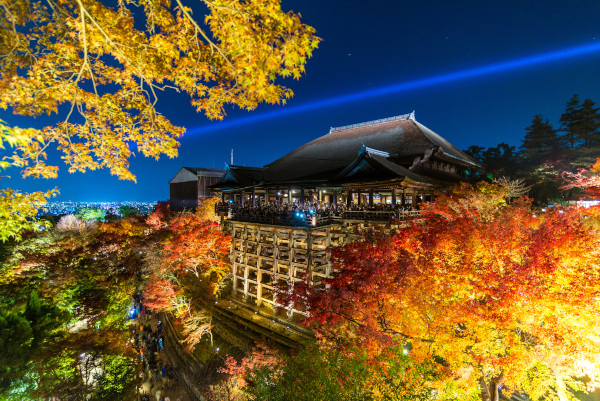The perfect way to experience traditional Japanese life!
3 nights | 4 days
Give your family a real taste of traditional Japan, staying in a Machiya house, exploring Kyoto and Uji and experiencing a fascinating tea ceremony.
A perfect learning opportunity while creating family memories to last a lifetime.
Machiya houses are traditional wooden townhouses found throughout Japan and typified in the historical capital of Kyoto. Perfectly convenient for families with a kitchenette, washing facilities and much more space than a hotel room.
Kyoto is well known for it’s extensive traditional culture, history and art along with an abundance of the most famous shrine and temples. Taste the amazing food of Nishiki Markets and Pontocho, discover castles and temples, cormorant fishing or go geisha spotting in Gion – Kyoto is a beautiful city with plenty for everyone to enjoy.
Our Kyoto Immersion Package includes an interesting morning tour to Uji, a small city on the outskirts of Kyoto, which is famous for its traditional tea shops and temples. It’s best known attractions are the UNESCO World Heritage Sites: the Byodoin Temple and Ujigami-jinja Shrine. Also of interest is the Tale of Genji Museum, dedicated to the world’s first novel and, in the summer months, cormorant fishing on the Uji River. Complete your Japanese experience with a complimentary traditional tea ceremony!
Inclusions:
- 3 nights accommodation in a Machiya house
- Morning tour with your very own English speaking guide visiting:
- Byodo In Temple
- Uji Bridge
- Uji Nakanoshima Park
- Complimentary Tea Ceremony at Taiho An
*Based on a family of 4. Larger families or groups can also be accommodated, please ask your Japan Holidays consultant.
Talk to us about adding other amazing educational experiences to you next Japan Holiday!
About Byodoin Temple
Byodoin was initially built in 998 A.D, as a countryside retreat villa for the powerful politician Fujiwara no Michinaga, not as a temple.
Michinaga’s son turned Byodoin into a temple and ordered the construction of its most spectacular feature, the Phoenix Hall. Although the building was given another official name, almost immediately after its construction in 1053, it was nicknamed Hoodo (“Phoenix Hall”) because of its shape and the two phoenix statues on its roof. The hall is now featured on the back of the Japanese ten yen coin.
Byodoin’s unique treasure house is constructed mostly underground to not distract from the Phoenix Hall. It exhibits an assortment of the temple’s most valuable artifacts, including dozens of designated important cultural properties and national treasures. The treasure house also contains informative, multilingual displays on Byodoin’s construction and history.



